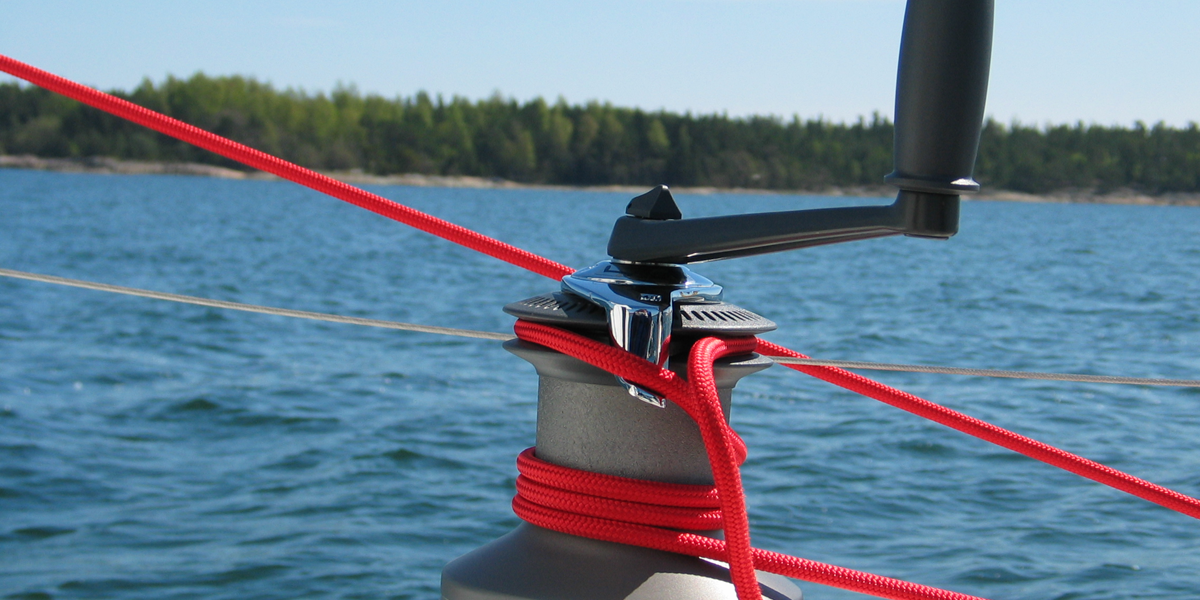An electric boat winch is a mechanical device designed to assist in the lifting, pulling, and securing of heavy loads. It is comprised of a drum, a crank handle and a sturdy cable or strap. Electric boat winches can significantly reduce the risk of injury to the crew and prevent damage to the load or vessel when operated correctly and safely.
Read on for our comprehensive step-by-step guide for safely operating boat winches.
Step 1: Visual Inspection
Before you can begin operating the boat, the electric winch should be inspected to ensure proper functionality and identify any potential issues that could lead to equipment failure or accidents.
- Ropes and Cables: Inspect the cables for signs of wear and tear, looking out for fraying, kinks or damage.
- Mechanism: Look for signs of rust, corrosion or mechanical issues. If components of the mechanism are not moving with ease, lubrication may be required for smooth operation.
- Mounting: Ensure the winch is securely mounted to the boat and all bolts are tight. Loose attachments could lead to cargo damage or injury to personnel.
Step 2: Boat Positioning
Stability is crucial for safe winch operation. Ensure the boat is properly positioned and stable before operating the winch to prevent boat movement that could cause accidents. Secure the boat to the dock using mooring lines and anchor the vessel to avoid drifting.
Step 3: Set Up the Winch Line
The winch line must be set up correctly to ensure efficient operation and prevent the line from slipping or becoming entangled. Securely attach the winch line to the load and wrap the line around the drum in the correct direction, ensuring the line is positioned in the grooves. Make sure the wraps are tidy and the lines do not cross over.
Step 4: Winch Operation
Start operating the electric boat winch to lift the load. Ensure the load is lifted in a controlled manner for smooth handling to prevent the load from slipping or swinging. Grip the handle firmly to maintain control, then, begin turning the handle in a steady motion. Make sure to monitor the line tension to ensure it is not too loose or too tight.
Step 5: Load Securing
Once the load is in position, double-check it is safely secured before lowering. Gradually engage the brake to control the lowering speed and reduce the risk of damage to equipment or risk of injury. Load monitoring is crucial to prevent any sudden drops during the descent. Finally, ensure the load is secure on the ground before detaching it from the winch.
Looking For Winch Hire?
At Atlas Winch Hire & Hoist Services, we supply high-quality winches and hoists for many industries. We are committed to providing reliable equipment and exceptional customer service, with a wide range of winches for sale or hire to cater to all your lifting and pulling needs.
For winch hire and hoist services in Scotland, call us at 01899 221 577 or for services in England, call us at 01371 859 555.








